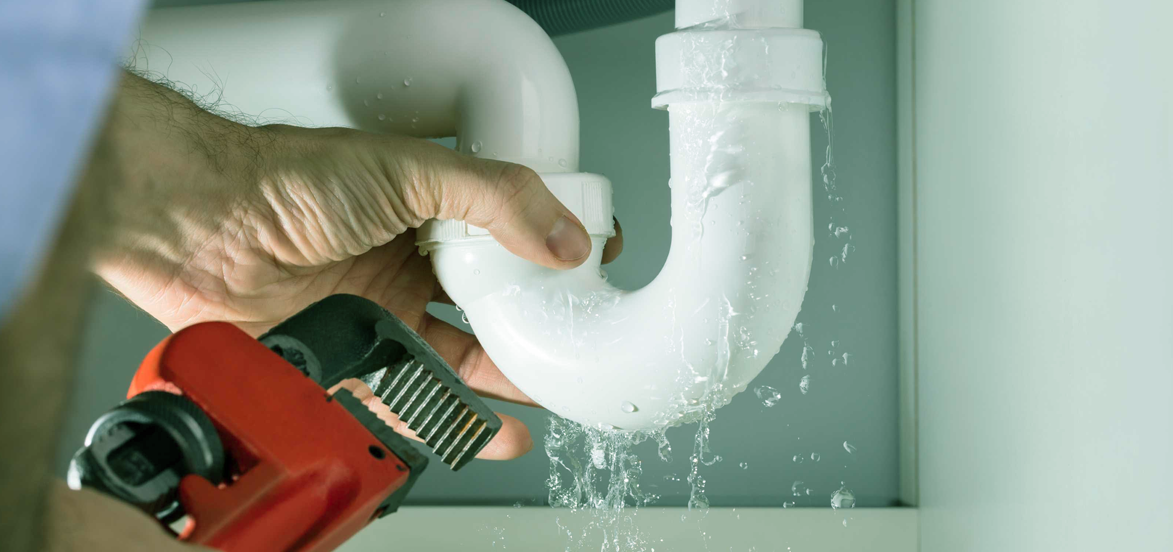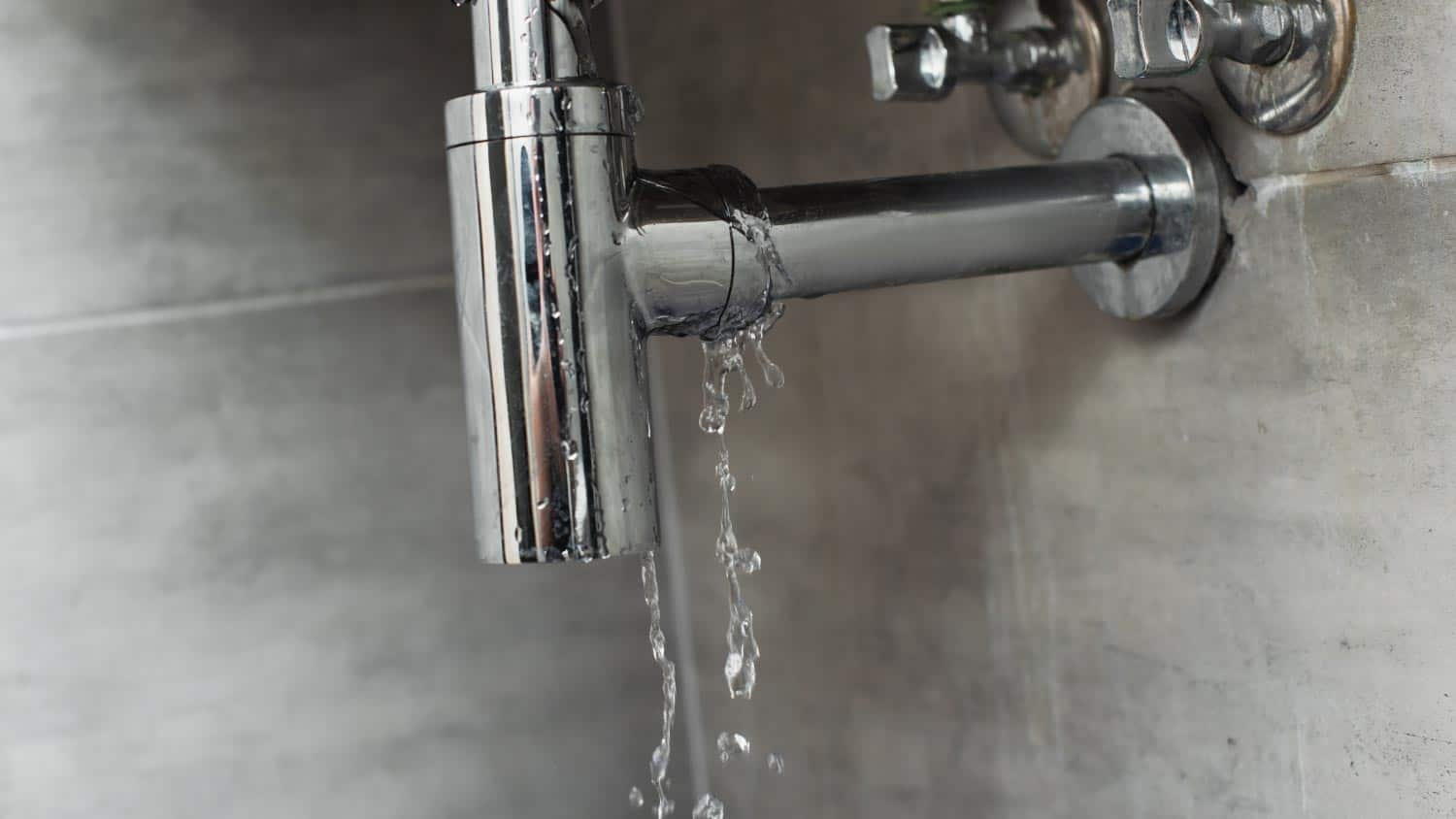Guide To Water Leakage Discovery In Your Home
Guide To Water Leakage Discovery In Your Home
Blog Article
Everybody will have his or her own rationale when it comes to Detecting hidden plumbing leaks.

Early discovery of dripping water lines can mitigate a prospective disaster. Some small water leakages might not be noticeable.
1. Examine the Water Meter
Every home has a water meter. Inspecting it is a guaranteed manner in which aids you uncover leakages. For beginners, switch off all the water resources. Make certain no one will flush, utilize the tap, shower, run the cleaning maker or dish washer. From there, most likely to the meter and also watch if it will certainly transform. Given that no one is using it, there ought to be no movements. That indicates a fast-moving leak if it relocates. If you detect no modifications, wait an hour or 2 as well as examine back once more. This suggests you may have a sluggish leakage that might even be underground.
2. Examine Water Usage
Analyze your water costs and track your water consumption. As the one paying it, you ought to see if there are any kind of discrepancies. If you detect sudden changes, despite your intake being the same, it means that you have leaks in your plumbing system. Remember, your water bill should fall under the exact same array monthly. An abrupt spike in your costs shows a fast-moving leakage.
Meanwhile, a steady rise monthly, even with the same practices, shows you have a slow leak that's additionally gradually intensifying. Call a plumber to completely examine your building, especially if you feel a warm area on your flooring with piping below.
3. Do a Food Coloring Test
When it comes to water usage, 30% comes from toilets. If the color somehow infiltrates your bowl during that time without flushing, there's a leak in between the container and bowl.
4. Asses Exterior Lines
Don't fail to remember to check your outside water lines also. Examination faucets by affixing a garden hose. Ought to water leak out of the connection, you have a loose rubber gasket. Change this and also make certain all links are limited. If you have actually obtained a sprinkler system, it will help get it expertly analyzed as well as preserved every year. One tiny leakage can throw away lots of water as well as spike your water bill.
5. Check and Analyze the Scenario
Property owners ought to make it a habit to examine under the sink counters as well as also inside cabinets for any kind of bad odor or mold growth. These 2 red flags show a leak so punctual interest is required. Doing regular assessments, also bi-annually, can save you from a significant problem.
Inspect for stainings and weakening as many pipelines and also appliances have a life expectations. If you think dripping water lines in your plumbing system, do not wait for it to escalate.
Early detection of leaking water lines can mitigate a possible disaster. Some little water leakages might not be noticeable. Examining it is a surefire way that helps you uncover leakages. One little leak can lose lots of water and also surge your water expense.
If you presume dripping water lines in your plumbing system, don't wait for it to escalate.
How to Know If Your Home Has a Hidden Leak
Water Meter Reveals Inexplicable Water Usage
If you’d like to test whether or not there’s a leak somewhere in your home, you can do this using your water meter. Here is how to conduct the test:
Don’t use any water in your home for at least 30 minutes; this also means not turning on faucets or water-using appliances.
Go outside, and check your water meter for activity.
If your water meter shows that there was activity, even though no one was using any water, this proves that there is a leak in your home.Visible Mold or Mildew Growth
Leaks behind walls create moist, dark environments that allow mold and mildew to grow and thrive. Eventually, you might see mold growth forming on the wall closest to a hidden leak.
If mold is growing in an area that receives a high amount of moisture, such as a bathroom, it may simply be an indication that better ventilation is needed. However, if you see mold growth on a wall or the ceiling in an area where you would not expect, you probably have a hidden leak.
Musty, Mildew Odor
Sometimes you might not be able to see the mold or mildew that is growing as a result of a leak. However, the smell can give the problem away just as easily. If you catch a whiff of something musty, there’s a good chance that old water is collecting somewhere in your home that you can’t see.
Stained/Warped Walls, Ceilings, or Floors
When your home soaks up water, a variety of red flags can become visible, including ceiling stains, bubbling drywall, warped walls, and sagging floors. While these issues can be caused by excess humidity, they can also be signs that a pipe or plumbing connection has started leaking behind your walls.
Inexplicably High Water Bill
After a while, you get a general sense for what your water bill should be. If you own a pool or sprinkler system, your bill will tend to be higher during summer. However, if you receive a water bill that seems especially high, and you can’t figure out what caused it, then you may have a hidden leak somewhere that’s increasing your bill.
https://www.plumbingjoint.com/blog/2019/july/how-to-know-if-your-home-has-a-hidden-leak/

As an avid reader about Finding hidden leaks, I was thinking sharing that excerpt was really helpful. Don't hesitate to take the opportunity to promote this blog if you enjoyed it. I appreciate reading our article about Hacks to detect leaks.
Report this page